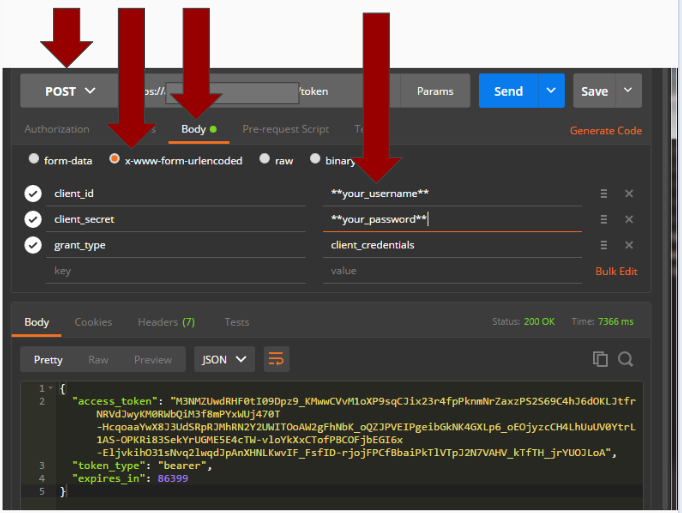
It’s been a big, small year for me. Big personally with a new job, but smaller publicly, although I’m now in a position to make more time for conferences following DDD Scotland and CodeCraftConf this year.
I’m still adjusting to agency life, but that might be because it’s been a big, amazing year for Screenmedia.
Looking at my stats, it’s good to see web dev and security are high in my logs, as that’s where this blog started, although there’s a bit more tech leadership content these days as well.
I’ve also got an account over at dev.to, which is a community of developer bloggers, and a couple of posts got some interest over there, so I’ll keep cross-posting to there, please say hi 🙂
I passed my CosmosDb exam last year, so expect to hear a bit more about that. I also have some thoughts on technical architecture and team building I want to explore further. If there’s anything else you’d like to hear about, please let me know.
I’m looking at a technical leads meetup/support group in Glasgow. More details to follow, but ping me if you want to make sure you don’t miss the details.
I’m looking forward to the new year. Thanks to all of you for reading.
Here are my highlights from 2018.
Top older posts
- https://craignicol.wordpress.com/2016/07/19/excellent-export-and-the-chrome-url-limit/
- https://craignicol.wordpress.com/2015/05/05/losing-tokens-2-factor-authentication-recovery/
Top 3 written this year (WordPress Stats):
- https://craignicol.wordpress.com/2018/01/26/new-job-welcome-to-screenmedia/
- https://craignicol.wordpress.com/2018/08/03/translations-with-react-redux-and-asp-net/
- https://craignicol.wordpress.com/2018/04/03/who-do-you-work-with/ (and the canary in the coalmine)
Top on dev.to:










 In the comments to the previous
In the comments to the previous 

 This image represents an authentication call to retrieve an API token that can be used when making further calls to an API. Each of the arrows represents an email discussion where the user needed clarification. This can be simplified with the right explicit statement:
This image represents an authentication call to retrieve an API token that can be used when making further calls to an API. Each of the arrows represents an email discussion where the user needed clarification. This can be simplified with the right explicit statement: